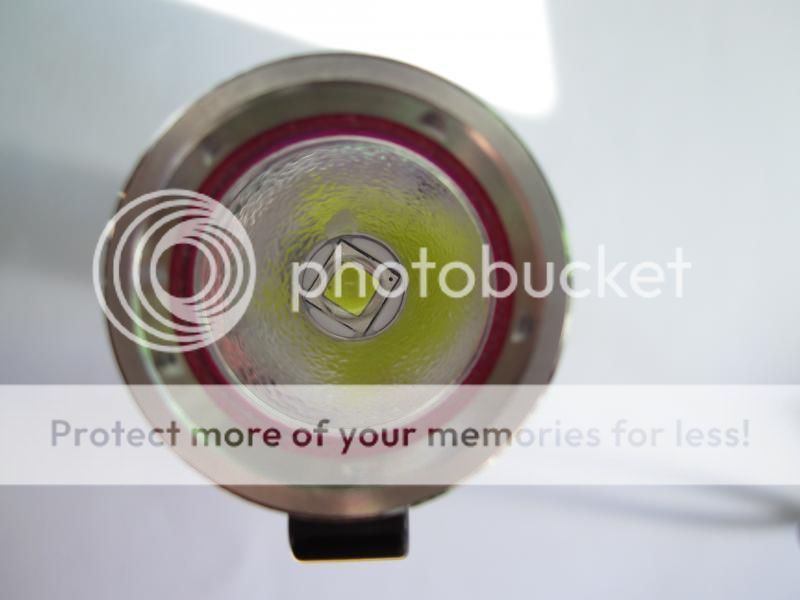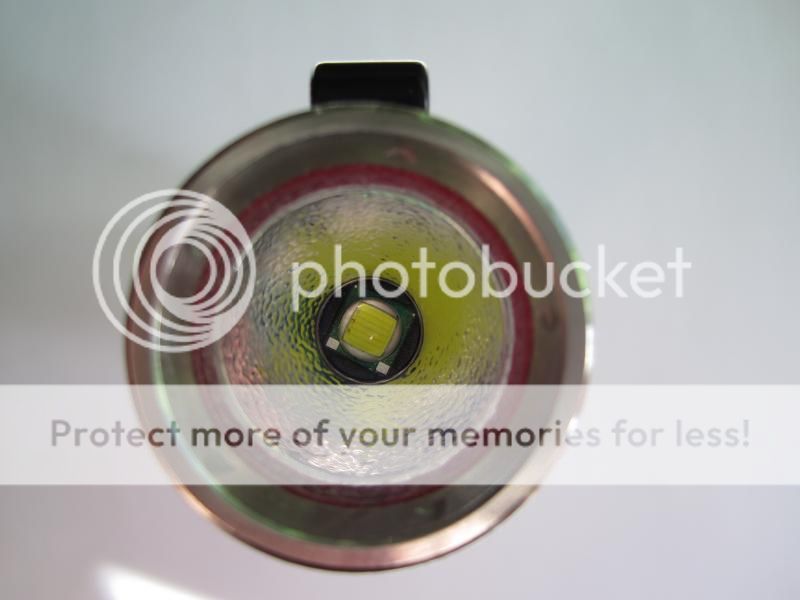Arif
Newly Enlightened
Hi Collective!
Keeping this hypothetical for now, as am giving the manufacturer a chance to explain or put right.
However - a light claims to be an XM-L2'er - but upon opening it, the LED, which is sitting on a copper base with a white layer above, has writing in black on a white base, with XM-L written under the LED. It has something else written on the other 90-degree side - but I think that gives the name away.
What would you do - how scandalous is this?
I'm hoping that it's a dodgy batch with the wrong LED - rather than an out-&-out attempt to cash in on XM-L2 'upgraditis' by selling a light only claiming to have that in it.
I note an Eagletac thread citing a similar issue - but is this a completely toys-out-of-pram demand-ten-free-lights in compensation affair? Or do we have to accept that 'Eastern' lights may well be made and described according to the ethics sometimes associated with that sector of the world.
This is supposed to be one of the more highly-regarded brands in the scheme of things.
And please - no posts trying to guess which brand, I need to keep their slate 100% clean until they prove to fail to address the issue.
Arif
Keeping this hypothetical for now, as am giving the manufacturer a chance to explain or put right.
However - a light claims to be an XM-L2'er - but upon opening it, the LED, which is sitting on a copper base with a white layer above, has writing in black on a white base, with XM-L written under the LED. It has something else written on the other 90-degree side - but I think that gives the name away.
What would you do - how scandalous is this?
I'm hoping that it's a dodgy batch with the wrong LED - rather than an out-&-out attempt to cash in on XM-L2 'upgraditis' by selling a light only claiming to have that in it.
I note an Eagletac thread citing a similar issue - but is this a completely toys-out-of-pram demand-ten-free-lights in compensation affair? Or do we have to accept that 'Eastern' lights may well be made and described according to the ethics sometimes associated with that sector of the world.
This is supposed to be one of the more highly-regarded brands in the scheme of things.
And please - no posts trying to guess which brand, I need to keep their slate 100% clean until they prove to fail to address the issue.
Arif



